Close
GET 20% OFF
By subscribing to our newsletter
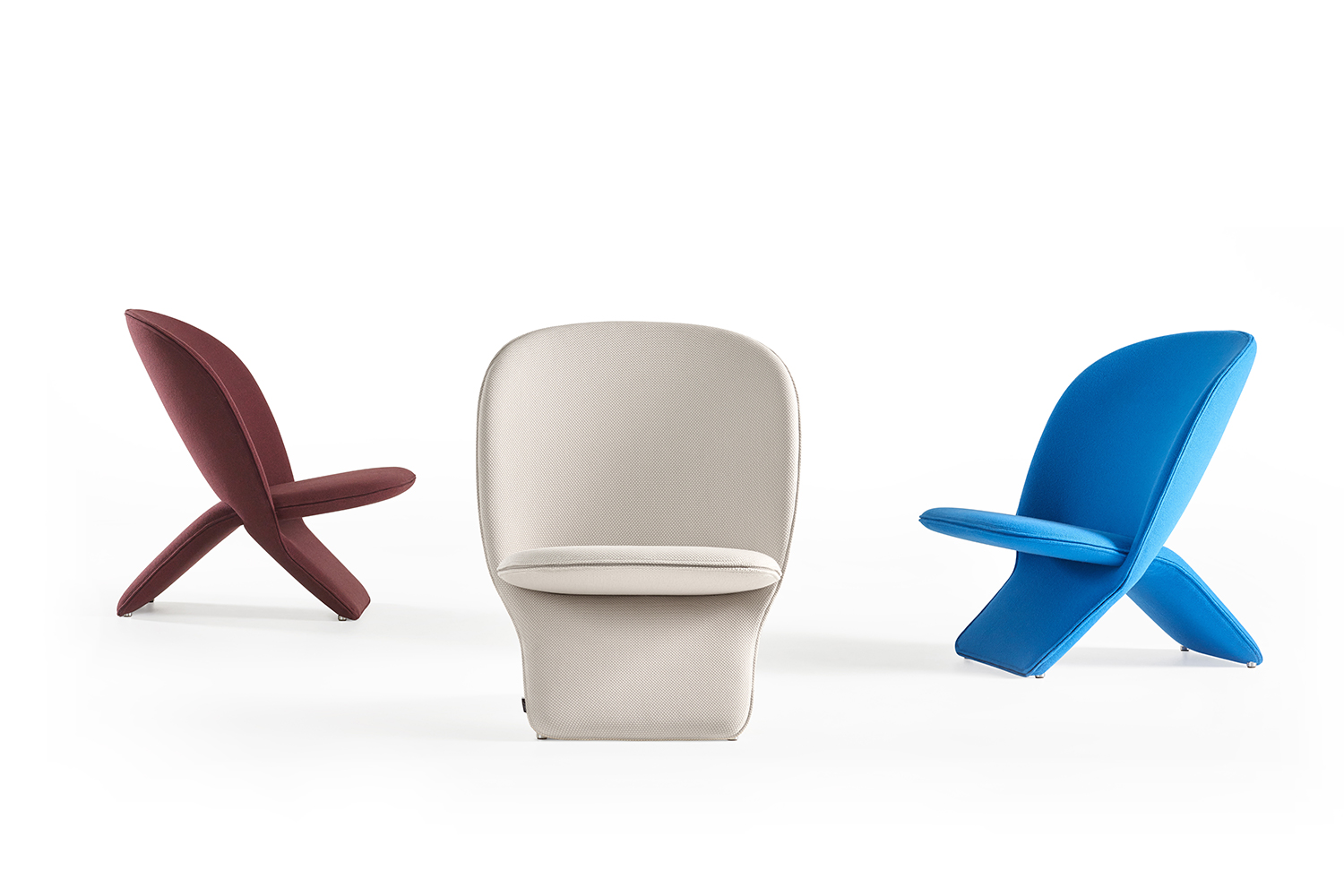 Artifort has a fascinating approach to design that sometimes sees some of its most successful and iconic chairs reinterpreted for new designs. By revitalising its classic designs, Artifort meets the needs of contemporary audiences, as perfectly illustrated by the brand-new Niloo by Khodi Feiz.
Artifort has a fascinating approach to design that sometimes sees some of its most successful and iconic chairs reinterpreted for new designs. By revitalising its classic designs, Artifort meets the needs of contemporary audiences, as perfectly illustrated by the brand-new Niloo by Khodi Feiz.
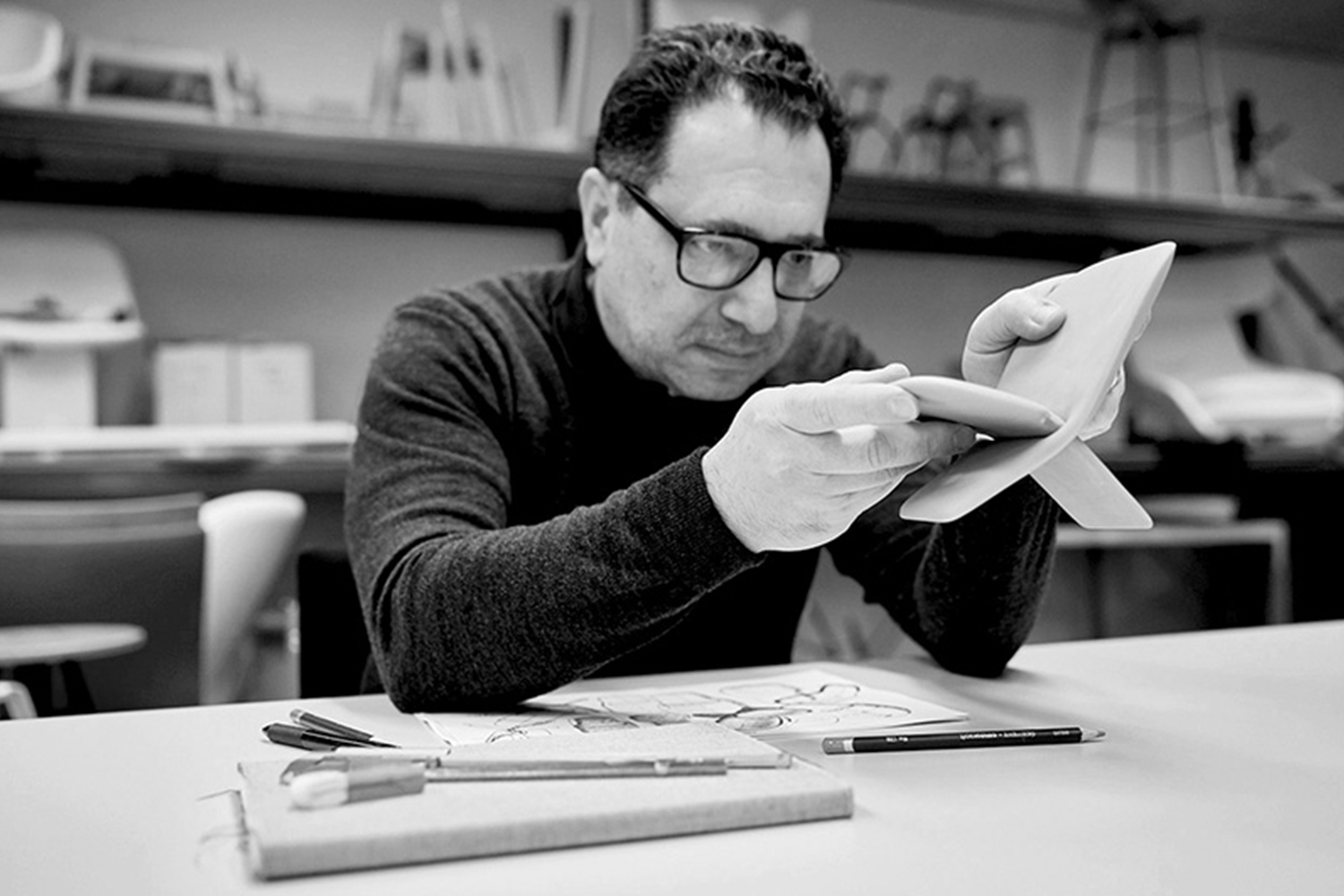 The much-loved Dutch brand has worked with a long list of designers over the decades, including Pierre Paulin, Theo Ruth, Geoffrey D Harcourt and Khodi Feiz, with each bringing a fresh approach to design. As the company and its designers look to the future, they also look to Artifort’s past and its catalogue of products that serve as an ongoing source of creativity and inventiveness decades after their introduction.
The Niloo is Feiz’s modern reinterpretation of Theo Ruth’s Pinguïn, which is recognised as the foundation piece of Artifort’s exploration into innovative thinking. Designed in 1953, the form of Ruth’s Pinguïn chair references a wooden interlocking chair from the Belgian Congo. It consisted of two separate base elements that slid together and were held by gravity.
The much-loved Dutch brand has worked with a long list of designers over the decades, including Pierre Paulin, Theo Ruth, Geoffrey D Harcourt and Khodi Feiz, with each bringing a fresh approach to design. As the company and its designers look to the future, they also look to Artifort’s past and its catalogue of products that serve as an ongoing source of creativity and inventiveness decades after their introduction.
The Niloo is Feiz’s modern reinterpretation of Theo Ruth’s Pinguïn, which is recognised as the foundation piece of Artifort’s exploration into innovative thinking. Designed in 1953, the form of Ruth’s Pinguïn chair references a wooden interlocking chair from the Belgian Congo. It consisted of two separate base elements that slid together and were held by gravity.
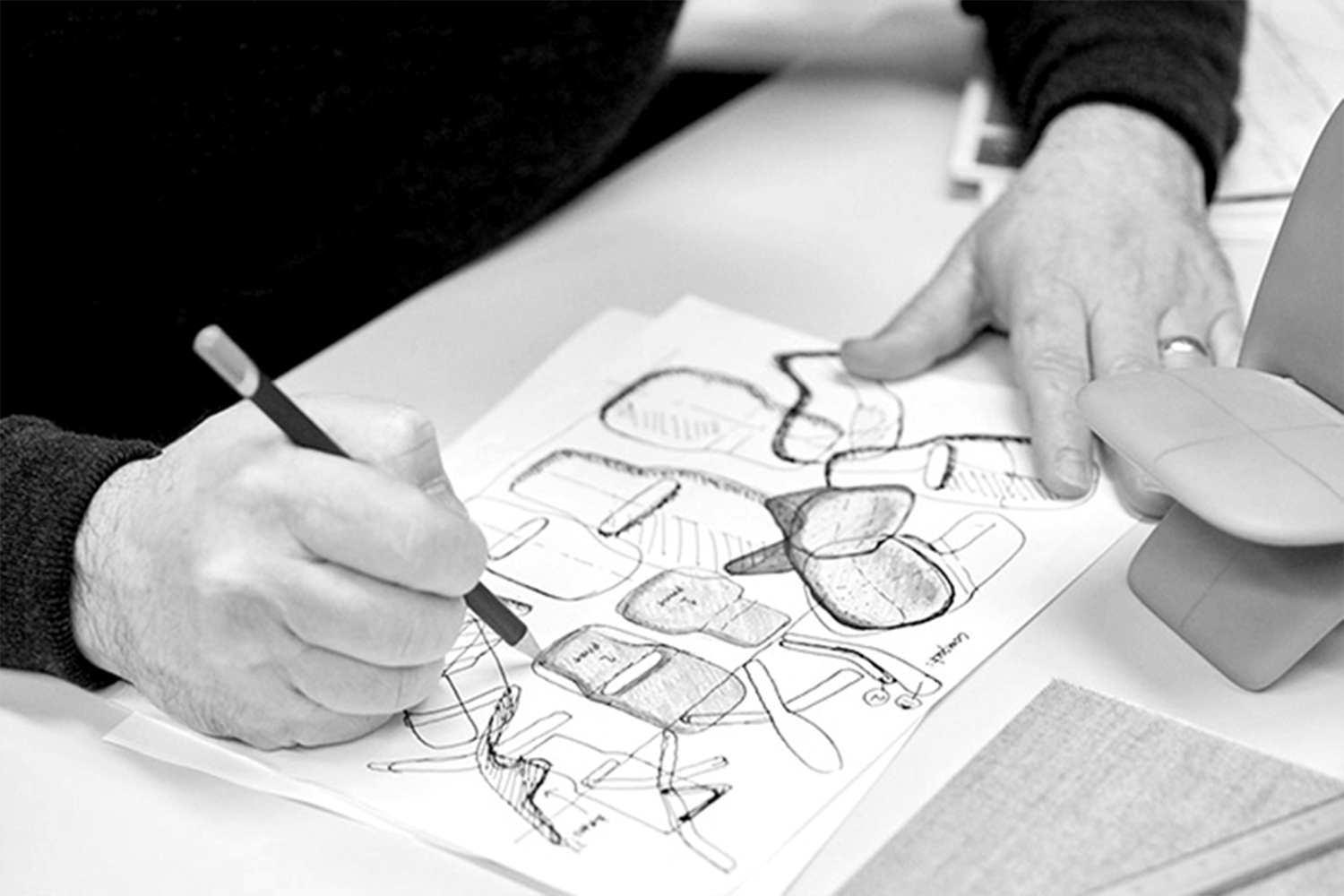 So as Ruth looked to this traditional chair, Feiz looked to Ruth’s chair, and applied the same design principle to the Niloo, seamlessly interlocking two elements that rely on gravity to hold them together. “For me, Niloo is all about the synergy of practicality and comfort,” Feiz explains. “And when slid together a simple chair emerges, almost an iconic image.”
So as Ruth looked to this traditional chair, Feiz looked to Ruth’s chair, and applied the same design principle to the Niloo, seamlessly interlocking two elements that rely on gravity to hold them together. “For me, Niloo is all about the synergy of practicality and comfort,” Feiz explains. “And when slid together a simple chair emerges, almost an iconic image.”
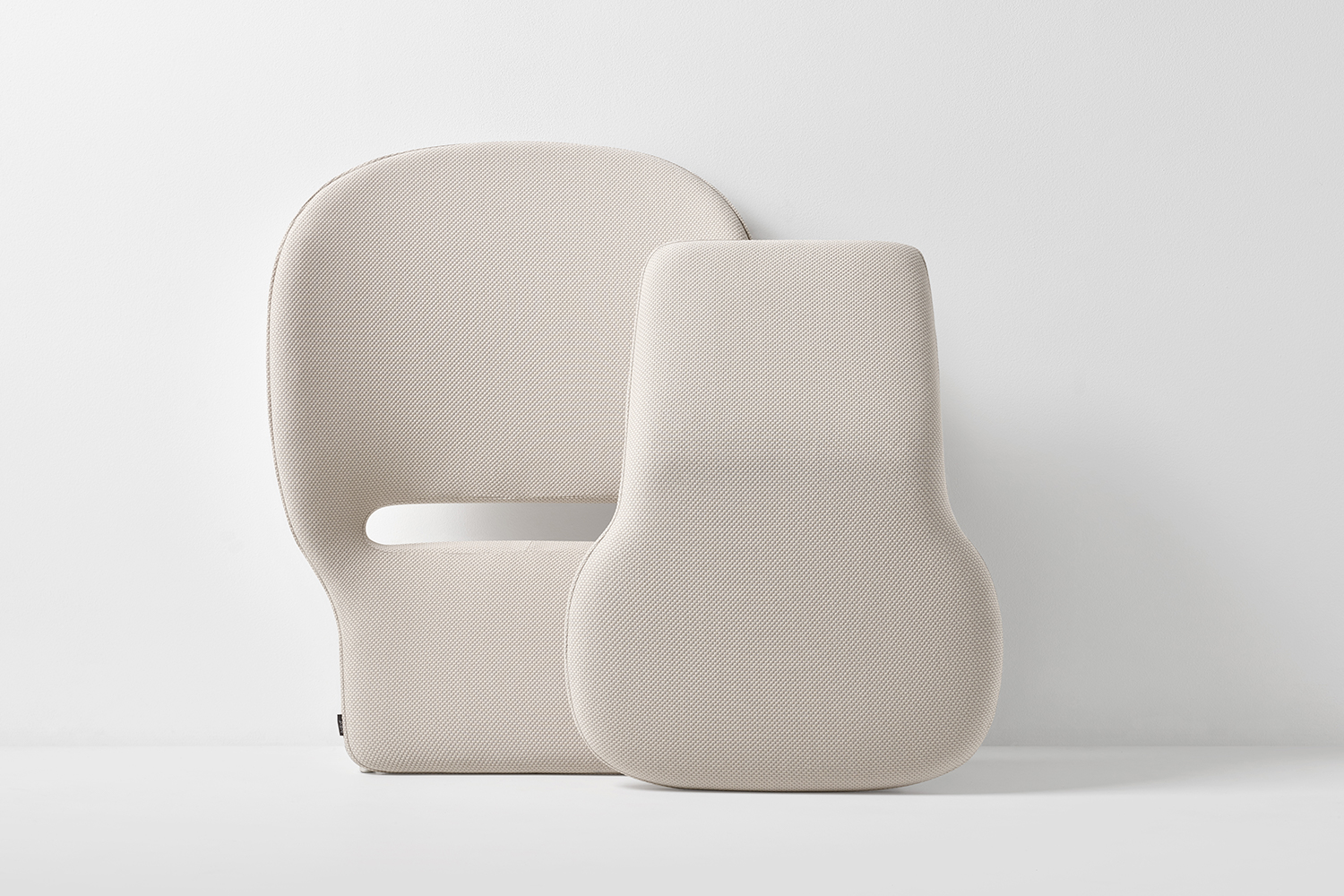 The Niloo combines colour and simplicity. Available in a rainbow of colours (upholstered in Kvadrat Tonus 4), the Niloo is composed of two foam-moulded upholstered parts: a curving back that emerges as the front support, and a generous seat that recedes as the rear support.
Taking advantage of its rich history and vast archive, Artifort’s reinterpretations of its classics continue to keep its collection contemporary. Niloo was first presented at the Milan Furniture Fair in April 2016 and just as the Pinguïn proved to be a winner the first time round, the Niloo is proving to be one too.
The Niloo combines colour and simplicity. Available in a rainbow of colours (upholstered in Kvadrat Tonus 4), the Niloo is composed of two foam-moulded upholstered parts: a curving back that emerges as the front support, and a generous seat that recedes as the rear support.
Taking advantage of its rich history and vast archive, Artifort’s reinterpretations of its classics continue to keep its collection contemporary. Niloo was first presented at the Milan Furniture Fair in April 2016 and just as the Pinguïn proved to be a winner the first time round, the Niloo is proving to be one too.
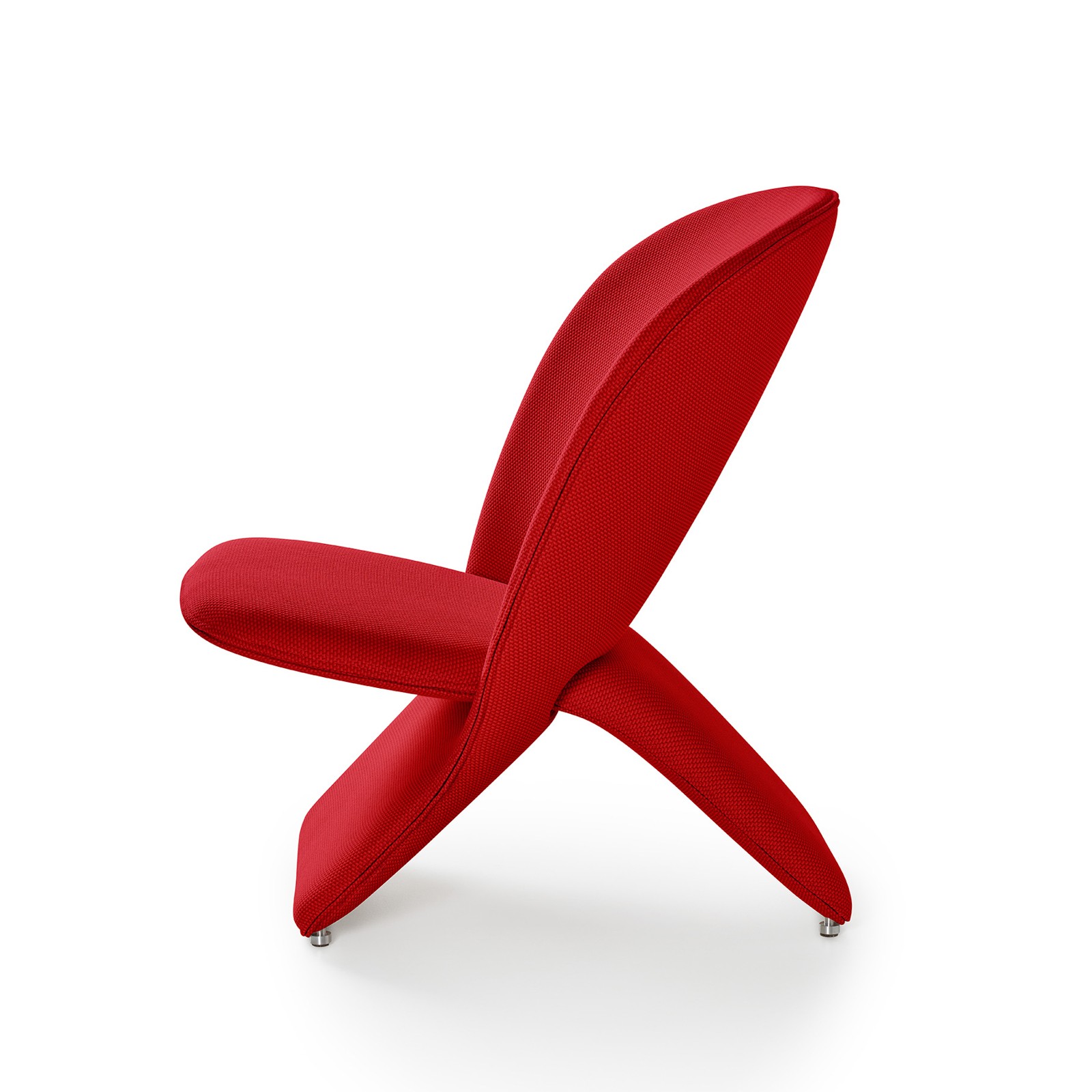
Search
Archives
- 2020
- 2019
- 2018
- 2017
- 2016
- 2015
- 2014
- 2013
- 2012
- 2011
- 2010
- 2009
My Wish List

